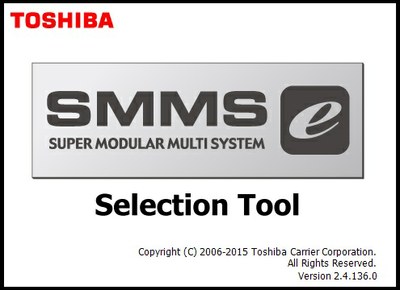This edition of NFPA 14, Standard for the Installation of Standpipe and Hose Systems, was
prepared by the Technical Committee on Standpipes. It was issued by the Standards Council
on October 27, 2009, with an effective date of December 5, 2009, and supersedes all previous
editions.This edition of NFPA 14 was approved as an American National Standard on December 5,
2009.
Origin and Development of NFPA 14
This standard dates from 1912, when an initial report was made by the Committee on Standpipe and Hose Systems. The report was amended in 1914 and adopted by the Association in 1915. Revisions were adopted in 1917. Additional revisions were submitted by theCommittee on Field Practice and adopted in 1926, 1927, 1931, 1938 (included action by the NFPA Board of Directors), 1941, and 1945. The Committee on Standpipes recommended revisions adopted in 1949, 1952, 1963, 1968, 1969, 1970, 1971, 1973, 1974, 1976, 1978, 1980,1982, 1985, and 1990.The 1993 edition of NFPA 14 was a complete reorganization of the document. The “user
friendliness” of NFPA 14 was evaluated, and numerous changes followed. The standard was ar-
ranged to provide for a logical system design approach where designing and installing a standpipe
system.Substantive changes to the 1993 edition were the result of experience with standpipe
systems under fire conditions. Flow rates, pressures, and the specific location of the hose connections were studied to determine optimum combinations for each factor.The 1996 edition of NFPA 14 was a continuation of the changes that were initiated for the 1993 edition. Some definitions were expanded, and certain requirements for piping materi-
als, pipe support, waterflow alarms, valves, fire department connections, system testing, and
water supplies were revised. In addition, a number of editorial changes were made to improve
the user friendliness of the document.The 2000 edition of NFPA 14 incorporated requirements for hydrants, hose houses, and master streams previously contained in NFPA 24, Standard for the Installation of Private Fire Service Mains and Their Appurtenances. Also included in this revision were test procedures for fire flow testing and marking of hydrants previously contained in NFPA 291, Recommended Practice for Fire Flow Testing and Marking of Hydrants. The 2003 edition was reformatted to conform to the Manual of Style for NFPA Technical Committee Documents, 2000 edition. Hydraulic calculation requirements were rewritten for clarification, and requirements for horizontal standpipes were added. Guidance for hydrants, hose houses, and master streams were deleted as this information was retained by NFPA 13,
Standard for the Installation of Sprinkler Systems, and NFPA 24, Standard for the Installation of Private
Fire Service Mains and Their Appurtenances. Similarly, test procedures for fire flow testing and
marking of hydrants were returned to NFPA 291, Recommended Practice for Fire Flow Testing and
Marking of Hydrants, thus “private hydrant” was removed from the title of NFPA 14.
The 2007 edition included guidance on the use of pressure-regulating devices and roof
outlets for standpipe systems. Related information was extracted from NFPA 13, Standard
for the Installation of Sprinkler Systems, to assist the user in applications involving combined
sprinkler/standpipe systems.
The 2010 edition of NFPA 14 now permits express mains supplying higher zone standpipes
to be designed with pressures in excess of 350 psi (24 bar). The requirements for standpipe
system zones have been extensively revised for clarification. The requirements for pipe sched-
ule design have been deleted, and all standpipe systems are now required to be hydraulically
calculated. The requirements to balance hydraulic junction points have been deleted. New
requirements have been added to address standpipe systems risers that terminate at different
floor levels. A new definition for horizontal standpipe has been added.
Click Here To: Download








